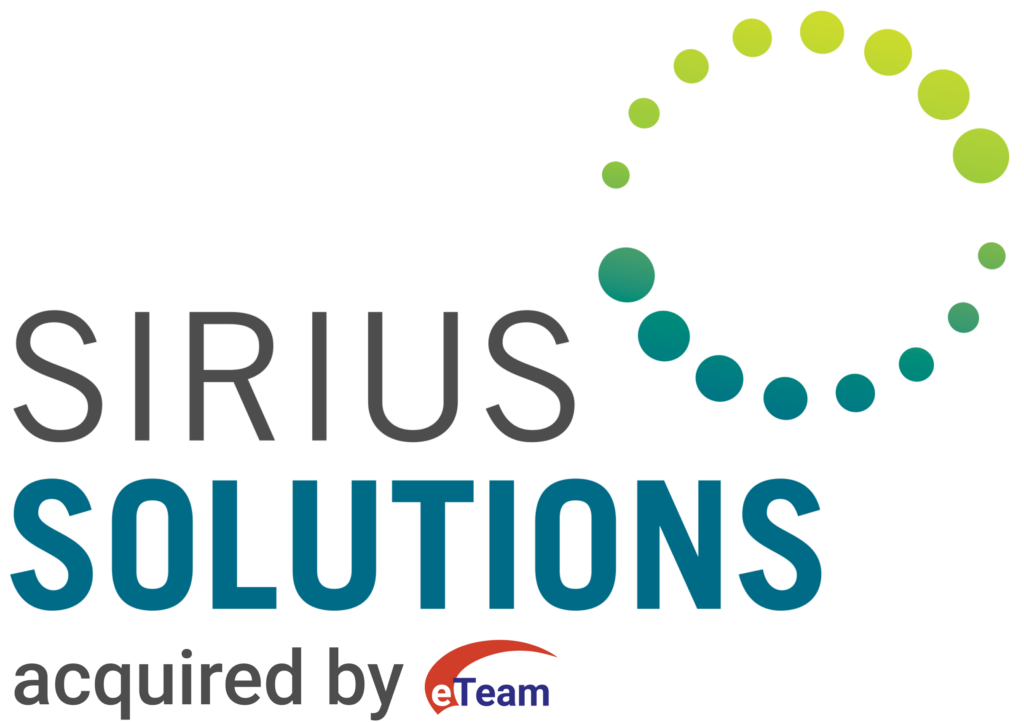Employee morale is not just a business concept; it is essential in driving the business toward success. According to research by Workleap, 69% of employees believe that if they think their efforts are appreciated, they will be more engaged and motivated. If your employees are not motivated enough, your organization will not prosper. Therefore, employee morale […]
Before Planning for 2024, Assess Current Inefficiencies
The business and technology landscape is changing, and for organizations to progress, they must prioritize development. Development can only be possible if you detect the inefficiencies in your current system early. Otherwise, the presence of inefficiencies can impede growth and competitiveness. This article will discuss the importance of assessing and addressing inefficiencies and how the […]
Introduce Automation to Improve Routine Processes
As we approach 2024, organizations have a unique opportunity to accelerate their digital transformation and drive financial transformation through streamlined processes. The EOY close is a critical financial activity that consumes valuable time and resources. To pave the way for successful 2024 planning and achieve financial transformation, it’s imperative to introduce technology-driven solutions and embrace change management […]
Mastering Year-End Success: A Blueprint for Finance Leaders
As the year-end approaches, financial leaders find themselves at a pivotal juncture, balancing the demands of closing out the current year while setting the stage for a successful 2024. Use our series of posts as your compass, guiding you through this challenging terrain by providing a comprehensive strategy to navigate EOY complexities while improving processes, […]
Navigating Strategic Priorities
Adopting an introspective, forward-thinking approach is vital to a successful end-of-year close. Start by taking a close look at your organization’s existing priorities. Here’s how you can incorporate these learnings into your 2024 planning process, boosting your strategic decision-making, enhancing efficacy, and paving the way for triumph in the future. Amid the hustle and bustle […]
Employee Morale – The Crucial Element for Transformation
For financial teams navigating digital transformation and change management, employee morale and commitment are critical to successful process improvement.
The Importance of Diagnosing System Inefficiencies
Assess system inefficiencies as part of your EOY closing process and boost employee morale by encouraging participation in your change management process.
Streamlining Routine EOY Processes with Technology
Year-end close is an excellent time to embrace automation and unlock opportunities for change management and process improvement.
Tableau GPT: Transforming Financial Decision-Making
Sirius Solutions’ traditional data modeling transforms into an AI-driven system using Tableau.
Tableau GPT & Sirius Solutions: The Future of AI Analytics
Sirius Solutions and Tableau GPT transform data-driven decision-making.
